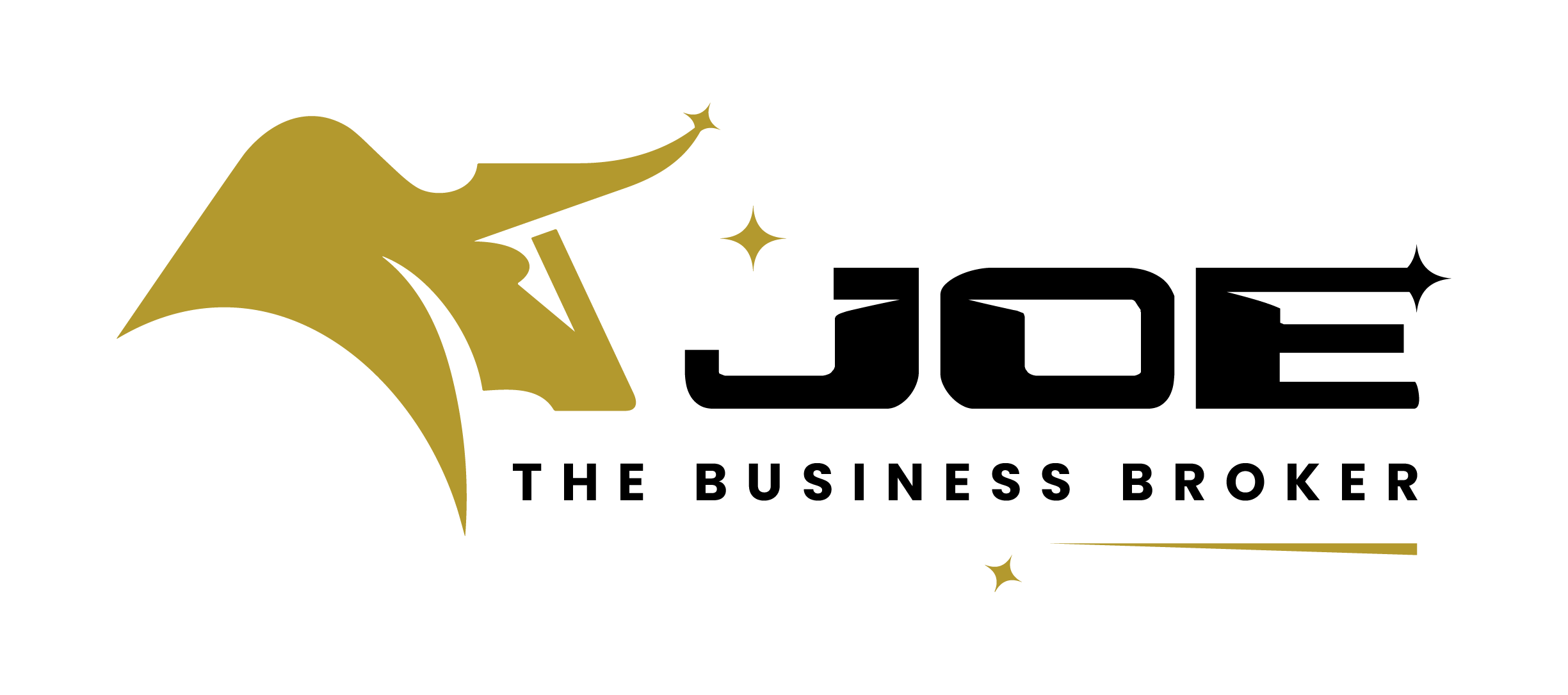Owners of private small and medium-sized enterprises (SMEs) often find themselves in a complex maze when trying to derive liquidity and value from their built-up equity. Conventional avenues frequently fall short of delivering optimal valuations and the liquidity levels that entrepreneurs seek. In this context, a progressive phased strategy emerges as a beacon for SME owners.
The Shortcomings of Traditional Exit Avenues
Exiting a business is a pivotal moment for any entrepreneur. For SME owners, the available choices often have inherent limitations:
1-Business Brokers: These agents might lack the niche expertise or connections tailored for SMEs, which can lead to rushed or undervalued sales.
2-Private Equity (PE): With a preference for larger deals, PE firms might bypass many SMEs, focusing more on their own profits than maximizing owner valuation.
3-Outright Sales: Even with adept M&A professionals at the helm, these sales might not reflect an SME’s full potential, given the restricted competition among buyers.
4-IPOs: Going public is a monumental task, replete with high expenses and the prospect of ceding control.
These traditional paths often leave SME owners pondering key issues:
How to command valuations that surpass private market expectations?
How to monetize a segment of equity without missing out on future growth?
How to procure growth capital without relinquishing control?
How to dictate the terms of a complete exit?
The Panacea: A Step-by-Step Partnership Model
The phased partnership strategy brings to the fore a collaboration between SME owners and seasoned investment entities. This model marries investment acumen with the distinct attributes of SMEs. Let’s delve into its five stages:
1-Crafting the Partnership: SMEs forge ties with investment entities to spawn a new joint venture. This entity then drafts a clear operational roadmap and valuation plan, benchmarked against public companies.
2-Securing Public Company Status: By pooling capital, the new venture addresses SME owner costs and utilizes the merger as a springboard to public company status.
3-Seamless SME Integration: This step involves leveraging institutional capital to fulfill the SME owner’s financial commitments and showcasing a growth model to amplify valuation.
4-Capitalizing on Enhanced Valuations and Liquidity: With successful integration, the entity ascends to reputable stock exchanges like NASDAQ. This transition allows SME owners to liquidate a fraction of their equity at elevated public valuations.
5-Sustained Value Enhancement: Being on a prominent exchange facilitates continuous growth through strategic acquisitions, providing SME owners with consistent opportunities to maximize returns.
Why Does This Strategy Resonate with SME Owners?
Opting for this innovative exit strategy can bestow multiple advantages:
-Potential to achieve valuations that are 2-3X those of private market appraisals.
- A steady stream of liquidity through staggered exits.
- Harnessing public markets for capital accumulation rather than depending solely on debt.
- Easing the financial and regulatory challenges of an IPO.
- Preserving and augmenting the equity value and future prospects of the existing owner..
- Offering the flexibility of a phased exit as per the owner’s preferences
In summation, for SME owners intent on maximizing their equity value and crafting a personalized exit roadmap, this phased strategy is a robust contender. When complemented by the right investment partner, it can transcend the confines of traditional exit paths, offering a more holistic solution.




